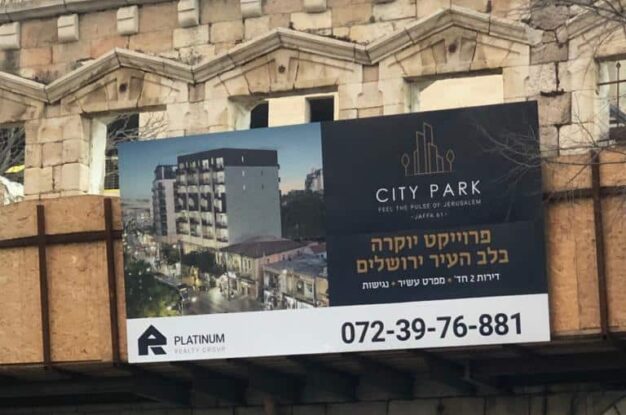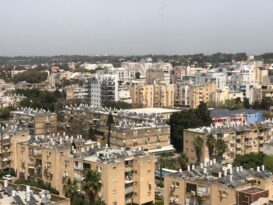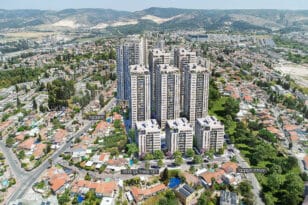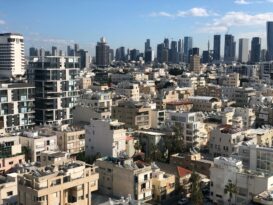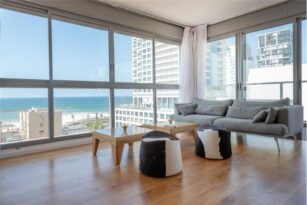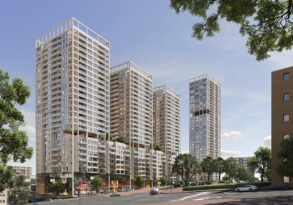According to data published by the Ministry of Finance, since the outbreak of Covid-19, Jerusalem’s popularity among foreign residents has taken off, as more than half of the apartments recently purchased by them have been in this area. At the same time, interest in Tel Aviv, which in the past was a significant focus area for purchases, has plummeted. Two other cities that have recently scored high in purchases by overseas buyers are Kiryat Malachi and Safed. The average price of an apartment purchased by non-residents in Jerusalem is NIS 4.6 million, 51% more than the average price paid by Israelis.
Data recently published on the Israel real estate market by the Ministry of Finance reveals some interesting facts regarding purchases in Israel by non-residents, including a sharp increase during the second quarter of the year and a huge market share of Jerusalem real estate transactions. The 519 homes purchased by non-residents during this period represent 1.7% of all transactions during the quarter and signify a 42% increase in the number of homes purchased by non-residents compared to the same period last year. This indicates the return of non-resident buyers to the Israeli real estate market after almost two years of border closures due to the coronavirus during which only a relatively small number of transactions took place.
However, it should be noted that from a historical perspective, these figures are still quite low. Until the outbreak of the subprime crisis in 2008, non-resident buyers were involved in between 1,100 to 1,400 purchases each quarter, constituting 5%-6% of all home purchase transactions in Israel. After approximately two years of a slump, in 2010 with the recovery of the global economy, non-residents returned to purchasing at slightly lower volumes, around 800 to 1,200 apartments in the quarter, which accounted for 3%-4% of all transactions on the market. However, since 2015, when the minimum purchase tax for non-residents increased from 5% to 8%, the volume of purchases has dropped significantly and has not since returned to normal.
According to the report, among the reasons for the increase in the number of transactions in the second quarter may be marketing efforts directed at tourists during the Passover holiday, and housing fairs in large Jewish centers abroad, both of which were not possible in previous years due to Covid restrictions. As a result of these activities, the share of new homes constitutes 68% of all apartments purchased by non-residents during the quarter. This is in contrast to the rate of 57% for new apartments out of all transactions, in the corresponding quarter last year.
Jerusalem real estate soared, Tel Aviv plummeted, and Ashdod disappeared
It is not only in the balance between the number of new and second-hand apartments that there has been a change. According to the data, there has also been a significant shift in the geographical preferences of buyers. More than half of the apartments, 56% to be precise, were purchased in the Jerusalem area. This is in contrast to only 11% of the apartments purchased in the Tel Aviv area.
The analysis, presented by the Ministry of Finance, reveals an interesting trend, according to which, until the outbreak of the Covid-19 pandemic, the Jerusalem area attracted a significantly lower percentage of total purchases by non-residents. Until the first quarter of 2020, the share of the Jerusalem area out of total purchases by non-residents ranged between 30% and 40%, and from 2007 to 2011, the share of purchases in this area was even lower. Interestingly, however, immediately after the outbreak of the pandemic, starting in the second quarter of 2020, there was a jump in the share of purchases in the capital, with transactions peaking in the last quarter of 2020, when the Jerusalem area accounted for nearly 70% of all purchases by non-residents.
It should be noted that included in the “Jerusalem area” is the city of Beit Shemesh incorporating Ramat Beit Shemesh which holds a large share of real estate sales to non-resident buyers. This raises the possibility that the increase in purchases by foreign residents comes mainly from religious, or specifically, ultra-Orthodox Jews, who feel more heavily subjected to anti-Semitic sentiments and behaviors, that are currently on the rise in North America and Europe.
The increase in the weight of home purchases in the Jerusalem area also came at the expense of a sharp decline in interest in the Tel Aviv area, which until the outbreak of the pandemic held about a quarter of all purchases by non-residents. Since the start of the pandemic, the share of this region has dropped to only 10% to 15% of total purchases by non-residents.
According to the report, in addition to Jerusalem, Tel Aviv, and Netanya, which are known as cities where non-residents traditionally purchase real estate, two areas took a noticeable share of non-residents’ purchases during 2022: Kiryat Malachi, a development town in the south of Israel, as well as the Mitzpe Yamim neighborhood in Tzafed. “In Kiryat Malachi, non-residents purchased one-fifth of all new apartments sold in this city during the second quarter,” it says. In Safed, non-residents purchased 18 new apartments during the quarter. In contrast to these two cities that were added to the map, the paper notes that two cities known to be popular among non-residents – Eilat and Ashdod – were obliterated from the map as almost no purchases were made in them at all.
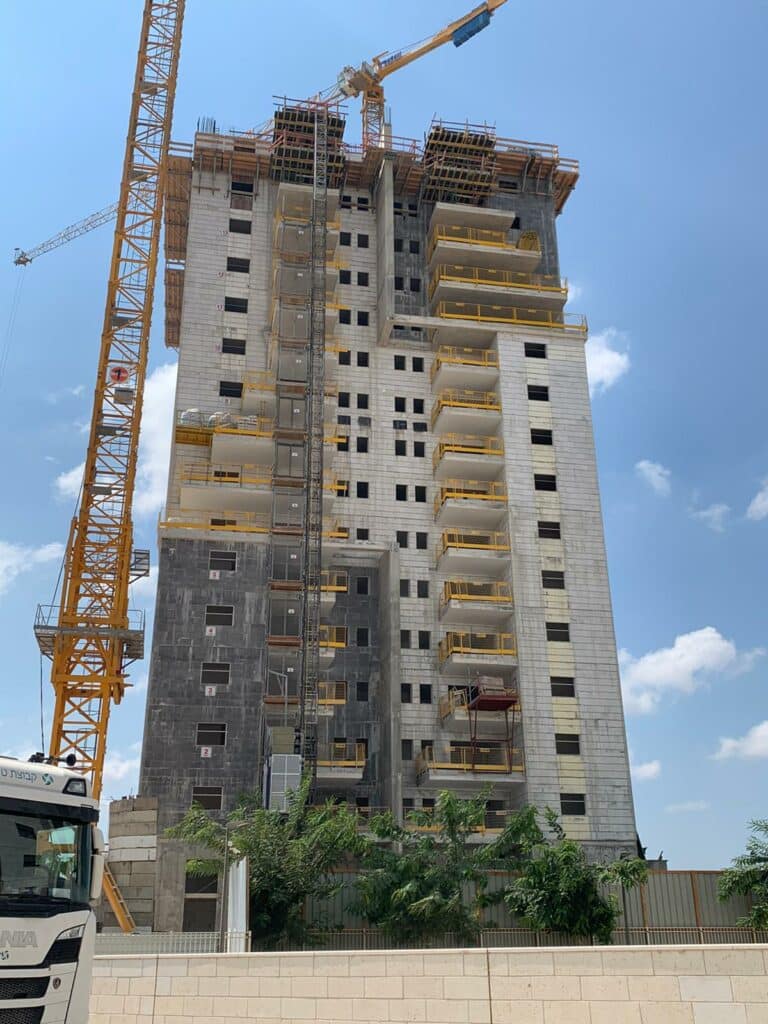
The level of home prices of non-residents is significantly higher than that of Israelis
An analysis of price levels of apartments purchased by non-residents found that, compared to apartments purchased by Israelis, the price levels of apartments purchased by non-residents were significantly higher than those purchased by Israelis. “The average price of a new apartment purchased by non-residents in Jerusalem in the second quarter was NIS 4.6 million, which is 51% higher than the average price of a new apartment purchased by Israelis in this city.” These price differentials, which were particularly evident in Jerusalem, Netanya, and Tel Aviv, reflect the more central location and high-end real estate preferences generally sought by foreign buyers.
In Kiryat Malachi, where about one-fifth of new apartments sold in the second quarter of this city were to non-residents, “there was a price gap of 15% between these and Israeli purchases in the city. In monetary terms, this is a significant price gap of approximately NIS 260,000, a finding that suggests that in this city, too, foreign residents do not compete for the same apartments with Israelis.”
